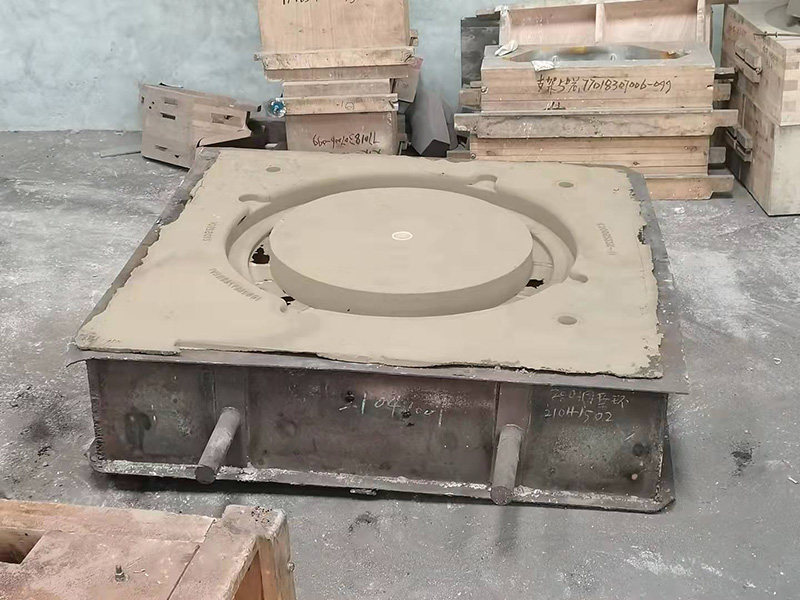Sand 3D Printing Revolutionizing Manufacturing and Construction
In recent years, 3D printing technology has witnessed an astounding evolution, extending its reach into various sectors, from healthcare to aerospace. One of the most groundbreaking applications of this technology is sand 3D printing, which is revolutionizing the way we think about manufacturing and construction. This innovative method utilizes sand as a primary material to create complex structures and molds, offering numerous advantages over traditional manufacturing techniques.
What is Sand 3D Printing?
Sand 3D printing, often referred to as binder jetting, is a process where sand is used as the primary material for creating objects. The process involves a series of layers of sand which are selectively bound together by a liquid binding agent. This layer-by-layer approach enables the creation of intricate designs that would be impossible or economically unfeasible with conventional methods. Once the printing is complete, additional post-processing may be employed, including the curing of the binding agent or the use of the printed molds for metal casting.
Applications in Various Industries
The applications of sand 3D printing are vast, particularly in industries such as foundry and construction. The foundry industry has adopted this technology to produce complex molds for metal casting. Traditional methods require a significant amount of tooling and setup; however, with sand 3D printing, molds can be created much faster and more efficiently. This capability not only reduces production time but also minimizes material waste, thus lowering costs for manufacturers.
In the construction sector, sand 3D printing is offering innovative solutions for building components. By utilizing locally sourced sand, this technology can create building materials on-site, significantly reducing transportation costs and carbon emissions. Several projects around the world have demonstrated the potential of sand 3D printing for constructing entire structures, showcasing its ability to streamline the construction process while improving design flexibility.
Eco-Friendly Manufacturing
sand 3d printing

One of the most significant advantages of sand 3D printing is its potential for sustainability. The manufacturing industry is often criticized for its environmental impact, primarily due to excessive waste and the depletion of non-renewable resources. Sand, a natural and abundant material, poses a much lower environmental threat. Furthermore, because sand 3D printing minimizes waste by only using the material necessary for the creation of an object, it aligns with sustainable manufacturing principles.
Additionally, the ability to print complex geometries means that structures can be designed with optimized materials, leading to stronger and lighter components. This efficiency not only reduces resource consumption but also contributes to the overall sustainability of projects, as less energy is required for transportation and production processes.
Challenges and Future Prospects
Despite its many advantages, sand 3D printing faces several challenges that need to be addressed. The quality and precision of printed parts can vary based on factors such as the type of sand used and the binding agents. Moreover, the technology is still developing, and further advancements are necessary to improve material properties and surface finishes.
Another aspect that requires attention is the awareness and acceptance of this technology. While many industries have begun to explore the benefits of sand 3D printing, widespread adoption will require educational initiatives and demonstrations that showcase its capabilities and advantages over conventional methods.
Looking ahead, the prospects for sand 3D printing are noteworthy. As technology continues to advance, we can expect improvements in printing speed, material diversity, and design capabilities. The integration of artificial intelligence and machine learning may also streamline the design process, leading to even more complex and efficient structures.
Conclusion
Sand 3D printing represents a significant advancement in the realm of manufacturing and construction. By leveraging the unique properties of sand, this innovative technology not only enhances design possibilities but also fosters sustainable practices that align with the growing demand for eco-friendly solutions. As challenges are addressed and the technology matures, sand 3D printing has the potential to reshape industries, drive economic growth, and contribute positively to environmental conservation. Embracing this technology may well be the key to building a more sustainable future.
Post time:ഒക്ട് . 21, 2024 09:41
Next:Techniques for Achieving Smooth Finishes on 3D Printed Parts through Sanding
